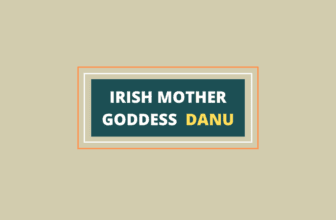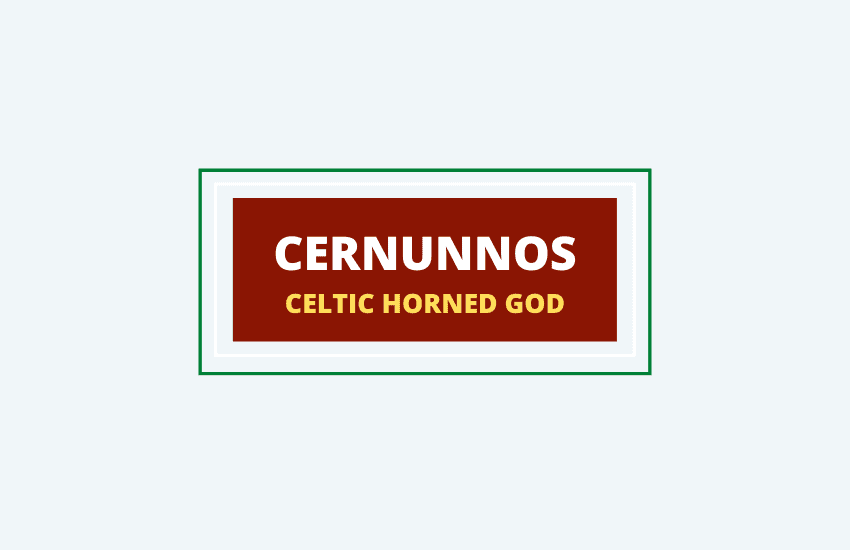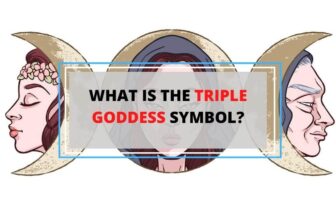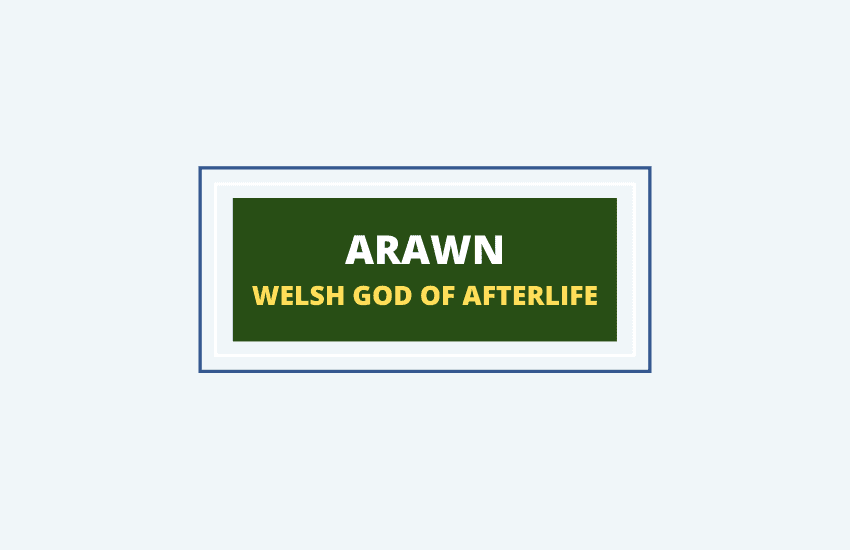
Table of Contents
The Morrigan, also called Mórrígan or Morrígu, is one of the most unique and complex deities of Irish mythology. She’s depicted as a strong, mysterious and vengeful figure with immense power. Here’s a closer look at the Morrigan and what she symbolizes.
Who is the Morrigan?
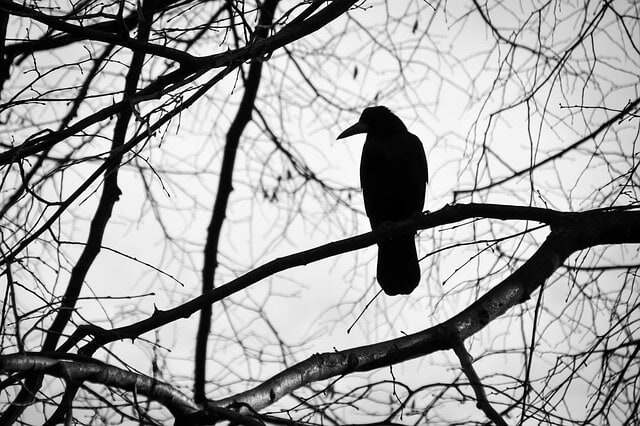
The Morrigan is one of the most prominent deities in Irish mythology. A goddess of war and fate, she was most commonly associated with the raven and could shapeshift at will. Unlike the ravens of the Norse god Odin, however, who were associated with wisdom, the ravens here are a symbol of war and death as the black birds were often seen flying over battlefields.
The meaning of Morrigan’s name is still the subject of some debate. The Mor in it either comes from the Indo-European word for “terror”or from the Old Irish word mór meaning “great”. The second part of the name is rígan which is largely undisputed to mean “queen”. Hence, some scholars translated the Morrigan as either the phantom queen or the great queen.
The Morrigan name reads as Mór-Ríoghain in modern Irish. That’s why it’s usually preceded by the article “the” – because it isn’t so much a name as it’s a title. The Morrigan – The Great Queen.
Below is a list of the editor’s top picks featuring Morrigan’s statue.
Morrigan and Cu Chulainn
There are many stories about Morrigan, but one of the most popular depicts her association with Cuchulainn, around the time he defended Ulster from the army led by Queen Maeve of Connaught. This is how the story goes:
The battle had been going on for months and many lives had been lost. The Morrigan stepped in, and tried to seduce Cuchulainn before a battle. However, although she was beautiful, Cuchulainn rejected her and focused on the battle.
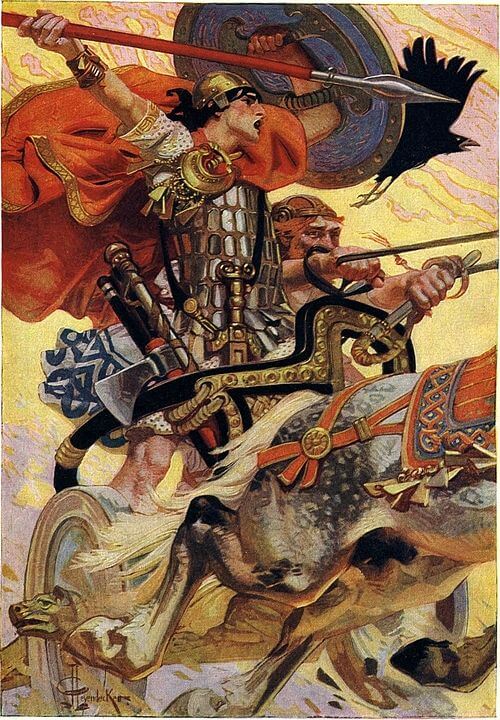
In a rage at the rejection, the Morrigan began to sabotage Cuchulainn’s efforts in the battle by shape-shifting into various creatures. First, she turned herself into an eel to trip Cuchulainn, but he struck the eel, breaking its ribs. Next, the Morrigan transformed inoto a wolf to scare a herd of cattle towards him, but Cuchulainn was able to fight back blinding her in one eye in the process.
Finally, she turned herself into a heifer and led a stampeded towards Cuchulainn, but he stopped her attack with a slingshot which broke her leg. The Morrigan was furious and humiliated and vowed to take her vengeance.
Finally, after having won the battle, Cuchulainn came across an old woman milking a cow. She was blind, lame and had broken ribs, but Cuchulainn didn’t recognize her as the Morrigan. She offered him some milk to drink, and he had three sips, after each of which he blessed the woman. These blessings healed each of her wounds. Finally, she revealed herself to him and Cuchulainn was aghast that he had healed her. She warned him of his impending doom and left.
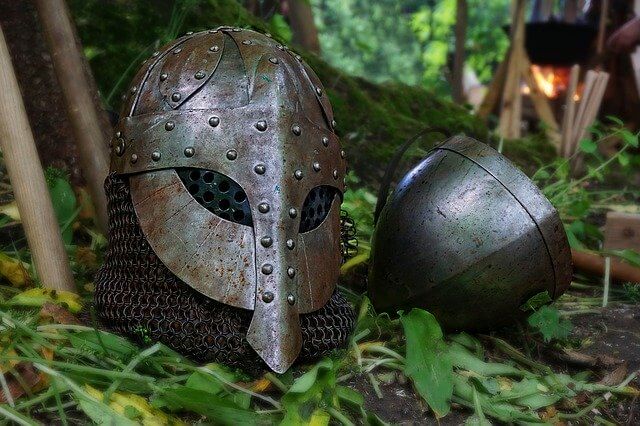
Before his final battle, Cuchulainn saw a vision of an old woman washing off the blood from his armor, a bad omen indicating doom. During this battle, Cuchulainn was mortally wounded, but he tricked his enemies into thinking he was alive by propping himself up. The opposing army retreated, believing him to be alive. Cuchulainn died standing up, and when a raven finally flew down and landed on his shoulder, his men knew that he had passed.
Although the Morrigan hated Cuchulainn and had wanted to kill him, she had favored his side. The men of Ulster won the battle but Cuchulainn was no more.
The Morrigan – War and Peace
The two attributes most often associated with this Irish deity are war and fate. As she’s often thought to be personified by the ravens flying above battlefields, Morrigan was more than just a war goddess, however – she was also believed to know and reveal the fate of the warriors on the field as well.
Depending on how many ravens there were on each particular battleground and how they behaved, Irish warriors would often try to draw conclusions about the goddess’ will. If the ravens flew in a particular direction or pattern or if they seemed to have a seemingly ominous timing, the warriors would often conclude that Morrigan either favored them to win or doomed them to lose and fall in battle.
One really has to wonder if at least one clever Irish warlord ever had the idea of releasing ravens from behind a hill at a well-chosen moment to demoralize their opposition.
In certain myths, the Morrigan also seems to be associated with land, fertility, and livestock. This emphasizes a common trope in Irish mythology of war being viewed as a means for the protection of one’s lands. The Irish were never a particularly expansive culture so, for them, war was mostly a noble and defensive act.
As a result, the Morrigan was associated as a manifestation or extension of the earth and souverenity goddess – a deity to which the people would pray to even during times of peace. This is contrasted by many other cultures where war is viewed as an act of aggression and so war deities were usually prayed to only during wartime.
The Morrigan as a Shapeshifter
Like many other deities, the Morrigan was also a shapeshifter. Her most common transformation would be as a raven or a flock of ravens but she had other forms as well. Depending on the myth, the goddess could also transform into other birds and animals, into a young maiden, an old crone, or a trio of maidens.
Shapeshifting is a common ability associated with many gods but while most have just one or more standard transformations, the Morrigan has the ability to transform into seemingly anything she likes. This “extra potent” shapeshifting is usually reserved for the main deities in their respective pantheons and Morrigan certainly qualifies.
The Morrigan as the Trinity Goddess
When we hear about Divine Trinities we usually think of Christianity. The concept is not unique to Christianity, however, and was present in old Irish folklore as well.
Three was a sacred number to the Celtic people and that’s very noticeable in some depictions of the Morrigan where she is presented as a trio of sister goddesses. The three sisters Badb, Macha, and Anand (also sometimes called Badb, Macha, and Morrigan) were the daughters of the Irish mother goddess Ernmas. The trio was often called the Morrígna i.e. the Morrigans. The name of Anand or Morrigan was also sometimes interchangeable with Nemain or Fea, depending on the particular myth.
The Morrigan’s or Morrigna’s occasional appearance as a trio of sisters doesn’t have any attached philosophical symbolism similar to Christianity’s Holy Trinity, however. Instead, the trio’s meaning is left a bit ambiguous so it’s often just associated with the Morrigan’s shapeshifting powers – if she can transform into a raven, a maiden, and an old crone, why not into a trio of maidens?
Symbolism of the Morrigan
The Morrigan is associated with the following concepts:
- Goddess of war and death
- Goddess of fate and prophecy
- She was all-knowing and knowledgeable
- Her appearance during battle indicated the side that was favored
- She instilled fear in those who had crossed her
- She demonstrated vindictiveness
- She was powerful and strong
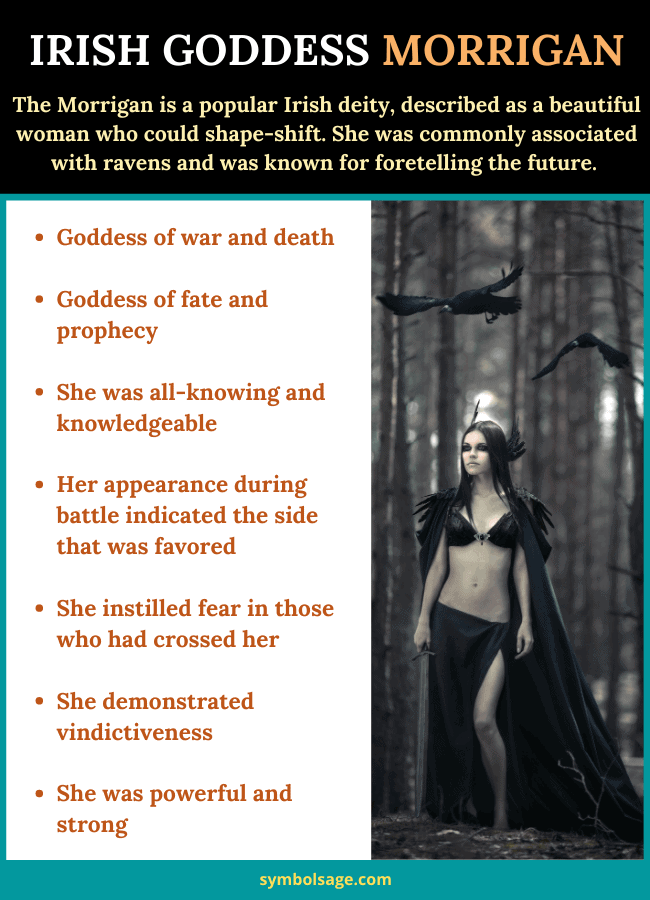
Morrigan vs. Morgan le Fay
Many modern researchers have made attempts to connect the Morrigan with Morgan le Fay from Arthurian legends and Wales’ Matter of Britain. In fact, most casual readers and viewers often draw the same conclusion too as the two names seem pretty similar – both are shapeshifters and prophets who foretold the future accurately, and have similar sounding names.
However, the names are not actually related. In the case of Morgan le Fay, her name is derived from the Welsh word for “sea”. Even though both the Welsh and Irish have partial Celtic origins, they come from different branches of Celtic culture and have different linguistic systems too.
It is technically possible that Morgan le Fay’s character was somewhat inspirited by the Irish Morrigan but that’d be little more than speculation.
Wrapping Up
The Morrigan remains an intriguing figure of Irish mythology, one that still inspires awe. The many myths with which she’s involved continue to be popular and has inspired several literary works, songs and video games.







